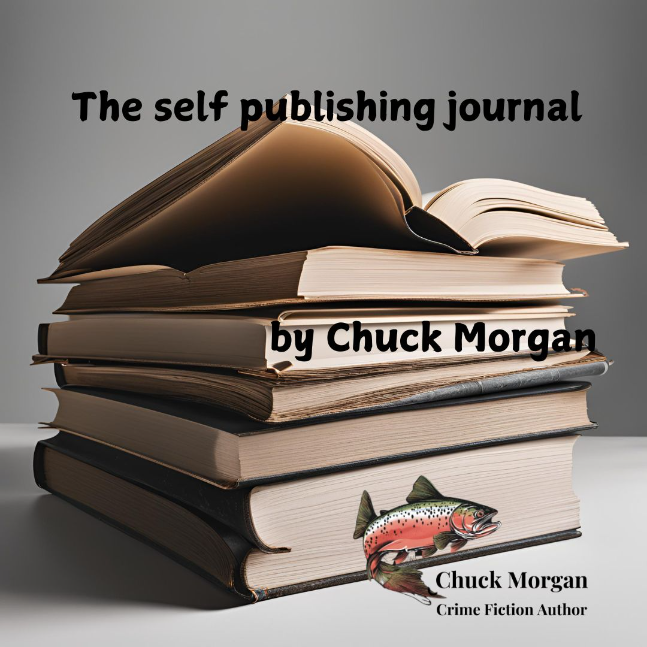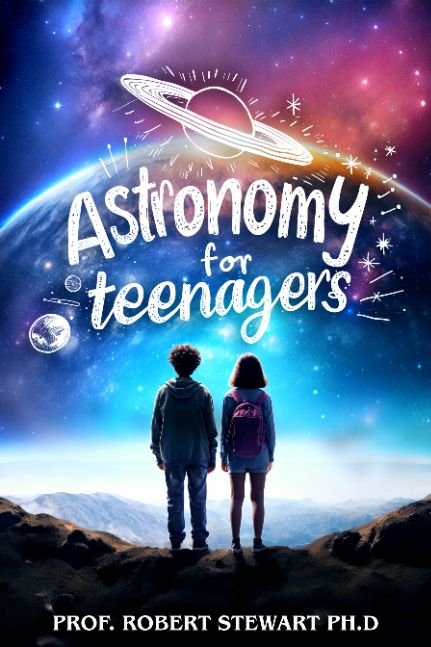- Home
- Articles
- How Indirect Income Shapes Author Autonomy.
How Indirect Income Shapes Author Autonomy.

How Indirect Income Shapes Author Autonomy.
Chuck Morgan, Crime Fiction Author
It's imperative to understand how indirect revenue streams can enhance your autonomy as an author. By diversifying your income sources beyond traditional book sales, you can gain greater control over your work and make more strategic decisions regarding your career. This approach allows you to explore new avenues such as merchandizing, public speaking, or online courses, reducing reliance on any single revenue source. As a result, you can cultivate a more sustainable writing practice and maintain your creative integrity while navigating the ever-evolving publishing landscape.
The Economics of Indirect Revenue Streams
Defining Indirect Revenue Streams in Publishing
Indirect revenue streams in publishing refer to income generated from non-traditional sources, such as speaking engagements, online courses, and merchandise sales, that complement your core work as an author. These avenues use your experience and audience while providing financial support that transcends conventional book sales. By diversifying your income sources, you reduce reliance on unpredictable book sales and open avenues for sustained financial stability.
The Financial Advantage of Diversifying Income
Diversifying income through indirect revenue streams enhances financial resilience in unpredictable markets. By engaging in multiple ventures, you can offset slow periods in book sales, ensuring a steady cash flow. For instance, authors who teach workshops may earn thousands per event, significantly boosting their overall earnings. Merchandizing aligns your brand with your writing, creating further income opportunities without extra publishing costs.
Taking advantage of indirect revenue streams can significantly enhance your financial strategy. Authors like Amanda Hocking and Mark Dawson have thrived by integrating diverse income channels, from social media sponsorships to subscription platforms, allowing them to earn six figures annually. This adaptability not only cushions against fluctuating sales but provides a platform for creative expression connected to your core writing. With statistical analysis showing that successful authors often engage in three or more income channels, your financial foundation can be fortified through an innovative approach to monetizing your talents.
Author Autonomy: A significant change
As the publishing industry grows, you find yourself at the forefront of a fundamental change, where traditional constraints give way to new forms of independence. You can now leverage various income streams that are not strictly tied to book sales, allowing you to align your writing with personal values and artistic vision. This shift empowers you, creating opportunities to dictate the terms of your career and engage with your audience in ways that enhance your brand and reach.
Shifting Power Dynamics in the Publishing Landscape
Power dynamics within the publishing landscape have shifted significantly, placing more control in your hands as an author. Traditional gatekeepers, such as agents and publishers, are no longer your only pathways to success. With the rise of self-publishing and online platforms, you can connect directly with readers, establish your own pricing strategies, and gain immediate feedback, affirming your place as a content creator who drives their own narrative.
The Role of Direct-to-Consumer Engagement
Engaging with your readers directly enhances your autonomy by fostering stronger relationships and generating additional revenue. By utilizing platforms like social media, newsletters, and personal websites, you can create unique content tailored to your audience's preferences. This approach not only drives sales but also cultivates a loyal fan base that values your work beyond traditional book formats.
Direct-to-consumer engagement allows you to build a dynamic relationship with your audience. By offering exclusive content, such as behind-the-scenes looks at your writing process or personalized Q&A sessions, you create a sense of community and exclusivity. Platforms like Patreon enable you to monetize this engagement, providing your fans with tailored rewards while supplementing your income. Your ability to interact and respond to reader interests significantly amplifies your creative freedom and revenue potential, making each interaction a strategic part of your wider artistic journey.
Creative Freedom Through Financial Security
Financial stability enables you to explore your creativity without constraints, fostering a work environment where innovation thrives. Securing revenue from diverse sources allows you to take risks with your projects, experiment with new ideas, and forge your unique voice. This autonomy leads to richer storytelling and heightens artistic expression, as you no longer feel tethered to the unpredictable demands of traditional markets. By prioritizing revenue streams outside conventional sales, you can devote more energy to crafting stories that resonate with authentic passion.
Balancing Artistic Integrity with Market Demands
Navigating the intersection of artistic integrity and market demands requires a thoughtful approach. You can maintain your unique voice while understanding audience preferences, enabling you to create interesting content that attracts readers. This balance allows you to make informed decisions without compromising your vision. Engaging with your audience through social media or community platforms can also provide invaluable insights, ensuring you stay true to your artistry while remaining relevant in a competitive landscape.
The Impact of Multiple Income Sources on Creative Output
Multiple income sources have a transformative effect on your creative output, allowing for increased freedom and flexibility in your writing. With diverse revenue streams, you can confidently pursue projects that may not have immediate commercial viability but hold personal significance. This financial cushion encourages experimentation, like integrating multimedia elements or exploring niche genres, ultimately resulting in more authentic and varied work. Having a stable financial foundation permits you to prioritize quality over quantity, leading to a more fulfilling and productive creative process.
Consider authors who have successfully leveraged multiple income streams to enhance their creative endeavors. For instance, Andrew Sullivan, a prominent writer and blogger, generates income through subscriptions while engaging readers directly, allowing him to focus on long-form, in-depth content that reflects his passions. In contrast, traditional publishing often forces authors to churn out market-friendly pieces. This shift enables you to prioritize your artistic vision without the pressure of conventional sales, empowering you to create work that is both financially viable and creatively rewarding.
Practical Strategies for Building Indirect Revenue Streams
Exploring diverse opportunities allows you to create sustainable income beyond book sales. Engaging in multi-faceted approaches, such as monetizing content through workshops, webinars, or coaching, provides a unique way to appeal to your audience. Delve into podcasting or video creation to reach broader demographics, and consider merchandise that resonates with your brand. Use crowdfunding for niche projects, drawing in dedicated supporters willing to invest in your creative vision.
Exploring Alternative Platforms and Formats
Alternative platforms are vital in enhancing your reach and revenue. Consider platforms like Patreon or Substack, where you can offer exclusive content to dedicated followers. Embrace different formats such as audiobooks, interactive narratives, or serialized fiction to cater to varied preferences. By diversifying your offerings, you enhance your visibility and create additional revenue channels.
Building a Brand Beyond Traditional Publishing
Establishing a brand requires consistent engagement with your audience across various platforms. Leverage social media to share your journey, insights, and personal stories that resonate with readers. Develop a recognizable voice and visual identity, ensuring your brand reflects your core values and style. Collaborate with creators in related fields to expand your reach and enhance credibility. This multifaceted approach strengthens relationships with your audience and fosters a loyal community.
Your brand identity can leverage storytelling elements that connect with your audience on an emotional level. Consistent branding across platforms—from your website to merchandise—creates a cohesive experience that fosters trust and recognition. Engaging in joint ventures or partnerships can expose you to new audiences, while offering unique, branded content like limited edition books or themed merchandise solidifies your market position. Building an email list allows for direct communication with your supporters, providing personalized updates and exclusive offers that deepen their investment in your brand.
The Psychological Impact of Financial Independence
Financial independence reshapes your mindset, empowering you to take creative risks without the constant pressure of traditional sales metrics. This newfound security fuels your artistic freedom, allowing you to explore innovative ideas and themes that resonate deeply with your audience. You can focus on your craft, knowing that diversified income streams buffer against market volatility, fostering a more profound sense of self-worth and purpose in your writing journey.
Confidence and Risk-Taking for Authors
With financial stability, your confidence grows, encouraging you to take calculated risks in your writing. Pursuing unique genres or unconventional narratives becomes less daunting when you're not solely reliant on sales from one book. This courage can lead to groundbreaking work that pushes boundaries and challenges norms, ultimately attracting a wider readership eager for innovative content.
How Autonomy Transforms Author-Reader Relationships
Autonomy alters the connection you have with your readers, shifting it from a transactional focus to a more genuine, collaborative experience. You’re no longer tied to industry expectations, which allows you to engage with your audience, responding to their feedback and interests rather than market demands. This transformation fosters loyalty and deeper emotional ties, as readers feel valued and invested in your journey, leading to stronger community building around your work.
This change in dynamic promotes a sense of partnership, as readers become more than just passive consumers; they are part of your creative process. Engaging directly via social media, newsletters, or exclusive content can create a dialogue that enriches both your writing and their experience. For instance, surveys and polls can guide your next project, making your audience feel heard and involved. As a result, readers are more likely to support your endeavors, whether through purchases or word-of-mouth promotion, creating a sustainable ecosystem that thrives on mutual respect and shared passion.
Final Words
To wrap up, understanding how indirect revenue streams can reframe your author autonomy allows you to explore diverse income avenues beyond traditional sales. This shift not only empowers you to take control of your creative output but also enables you to engage with new audiences and build sustainable careers. By diversifying your revenue sources, you enhance your financial stability and artistic freedom, positioning yourself in a landscape where your voice and decisions hold greater importance.







